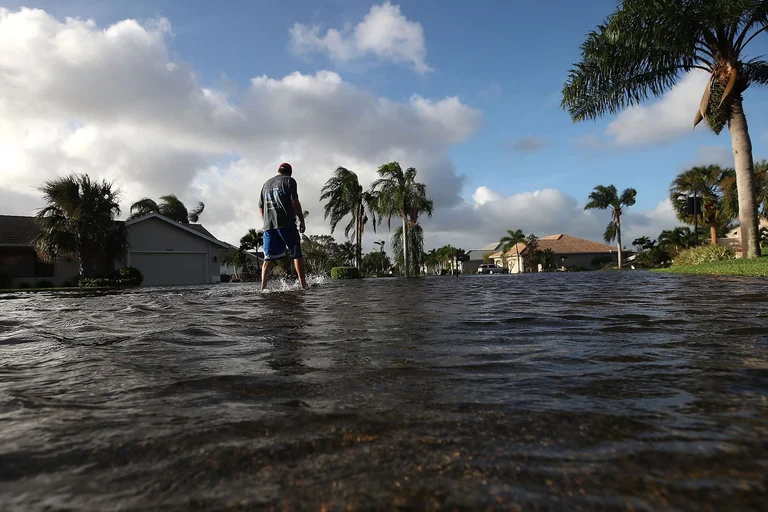
How Low Lying Cities Can Protect Themselves From Climate Change
Climate change is becoming a serious problem for many places around the world. One of the most affected areas are low-lying cities that are near the sea or below sea level.At climatechallange.com, we explore how Low Lying Cities Can Protect Themselves From Climate Change.We believe that awareness and simple solutions can help these cities.
Climate Change Protection Strategies For Low-Lying Cities:
Low Lying cities Sea, rivers or below sea level Low risk: Emerging Seas, Strong Storms and Flash Floods. But these cities are not helpless. With smart planning and social action, they can save and thrive themselves.
1.Build Smart Barriers & Sea Walls:
Water can be kept out by hard barriers like dikes, levees, and movable flood gates. To combat rising seas, Marin County, California, for instance, intends to raise homes and roads in Stinson Beach, but doing so will cost about $1.2 billion.
2.Use Natural Defenses Like Trees and Wetlands:
Green methods that absorb wave energy and slow down floods include planting mangroves, restoring marshes, or building dunes. According to a study, good reefs can lessen the influence of waves by up to 97%, while mangroves as little as 100 meters can lower wave height by 66%.These actions also provide communities with co-benefits that are not possible with conventional “gray infrastructure” solutions. Fish farming, better water quality, and ecotourism prospects are a few of these.These natural solutions are good for the environment and also make the area look more beautiful.
3.Improving Drainage & Sewer Systems:
In many low-lying areas, drains can’t keep up with heavy rainfall. Cities can upgrade their drainage systems to move water faster and prevent backups.To deal with high tides and heavy rain, cities like New York (Hunter’s Point South) are putting up bioswales, stormwater planters, and independent sewer systems.In order to save their homes and create public space, coastal towns like Porthcawl in Wales are repairing beaches & dunes.
4.Use Smart Monitoring & Warning Systems:
Real-time flood and tide forecasts, plus warning alerts, help communities react before disaster hits. Marin County’s plan even includes interactive tools and risk maps to guide planning.
5.Adopt the “Sponge City” Approach:
Let the cities act as a huge sponge: rain gardens, green roofs, permeable footpaths- they collect and suck up the overwater on the spot. Fungi-towns in China have inspired similar ideas in the cities of America and the United Kingdom.
6.Plan Long-Term & Include Communities:

Technology can help cities send out alerts before a storm or flood happens.
- Policy tools:Flood-resilient building materials, revised building codes, and zoning regulations that prohibit construction in flood zones.
- Local involvement:Organize neighborhood gatherings to inform residents on the dangers of flooding, evacuation procedures, and emergency supplies.
- When needed, retreat:In some places it may be safer to move away from high-risk areas altogether.
7.Long-Term Planning Is Key:
Cities must also think further. As climate change continues, sea level will increase. This means that cities will plan for the next 20,30 or even 50 years.
Cities around the world offer great models:
Cities that are taking steps to improve their areas and address climate challenges.
- Stinson Beach (CA):Detailed plan to elevate infrastructure and seek federal grants
- Glasgow (UK):That specialized in Thoughtful warnings about building near flood zones.
- Rotterdam (NL):Rotterdam offer Combines dikes, water plazas, and living with water strategies.
Low-lying cities do not have to suffer. Along the right steps-tiny walls, green areas, smart designs and social support can they protect themselves from climate change.
Related Article>https://www.climatechallange.com/how-cities-can-address-the-climate-challenge/